Fraud Include

How can I educate my family about telecommunications fraud ?
Telecommunications fraud is a serious issue that can have devastating consequences for individuals and families. To protect themselves from becoming victims, it's important to educate loved ones about the risks and ways to avoid them. Here are some steps to follow: Understanding Telecommunications Fraud: Make sure everyone understands what telecommunications fraud entails and how it works. This includes phishing scams, vishing attacks, smishing schemes, and tech support scams. Recognizing Red Flags: Educate your family on the common signs of telecommunications fraud, such as urgency, unexpected requests, too good to be true offers, threats or intimidation. Prevention Tips: Share prevention tips with your family to help them avoid falling prey to scams. These include staying informed, verifying sources, securing devices, using anti-fraud tools, being cautious online, limiting personal exposure, and reporting suspected fraud. Action Plan: Create an action plan for your family in case they encounter a potential fraud attempt. This includes stopping and thinking before acting impulsively, consulting family members for a second opinion, contacting authorities if convinced it's a scam, and documenting everything related to the suspected fraud for future reference.

What are some tips for avoiding telecommunications fraud ?
Telecommunications fraud can have serious consequences, but there are steps you can take to avoid becoming a victim. Be skeptical of unsolicited calls and messages, use strong passwords and two-factor authentication, keep software up-to-date, be cautious with public Wi-Fi networks, and educate yourself about common scams. By following these tips, you can protect your personal information and finances from potential fraud attempts.
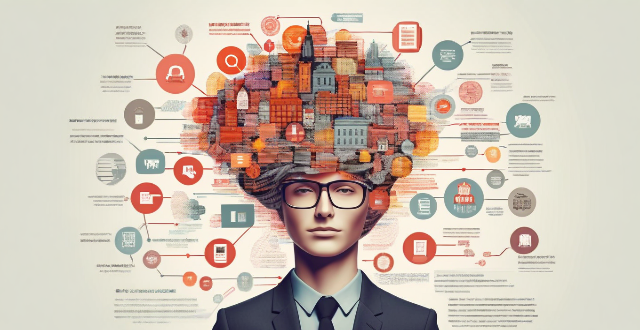
Can I report telecommunications fraud to any authority ?
Telecommunications fraud is a serious issue that can have significant financial and personal consequences for victims. It is important to know where and how to report such incidents to ensure that appropriate action is taken. In this article, we will explore the various authorities to which you can report telecommunications fraud. The Federal Communications Commission (FCC) is the primary agency responsible for regulating interstate and international communications by radio, television, wire, satellite, and cable in the United States. The FBI is responsible for investigating federal crimes, including telecommunications fraud. Each state has an attorney general who is responsible for protecting consumers within their jurisdiction. Local law enforcement agencies also have the authority to investigate complaints and work with other agencies to pursue legal action against those responsible for fraudulent activities.

How can women avoid falling victim to financial scams and fraud ?
Financial scams and fraud can target anyone, including women. To avoid falling victim to these schemes, it's crucial for women to educate themselves about common scams like phishing, romance, and investment frauds. Safe online habits, such as securing devices and being cautious with personal information, are also essential. Regularly monitoring finances, using credit cards wisely, building a support network of professionals and trusted friends or family, and reporting suspected fraud immediately are further protective measures. Staying informed and vigilant significantly reduces the risk of financial loss due to scams and fraud.
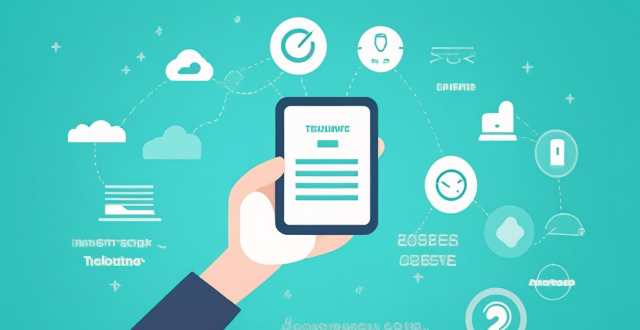
How can I protect myself from telecommunications fraud ?
Telecommunications fraud is a serious issue that can have devastating consequences for victims. It involves unauthorized access to personal and financial information through various communication channels such as phone calls, text messages, emails, and social media platforms. To protect yourself from telecommunications fraud, you should be wary of unsolicited calls and messages, use strong passwords and two-factor authentication, keep your devices and software up-to-date, be cautious with financial transactions, educate yourself and stay informed about the latest scams and fraudulent activities. By following these tips, you can significantly reduce your risk of falling victim to telecommunications fraud.

What are the most common types of telecommunications fraud ?
Telecommunications fraud is a serious issue that affects millions of people worldwide. It involves using technology to deceive individuals or organizations for financial gain. Here are some of the most common types of telecommunications fraud: 1. Phishing Attacks: In this type of attack, cybercriminals send fraudulent emails or messages that appear to be from a legitimate source, such as a bank or a government agency. The message typically asks the recipient to click on a link or provide sensitive information, such as login credentials or credit card details. Once the victim provides the requested information, the attacker can use it to access their accounts and steal money or personal data. 2. Vishing Attacks: In this type of attack, cybercriminals use automated phone calls or live callers to trick victims into providing sensitive information over the phone. The attacker may pretend to be from a legitimate organization, such as a bank or a government agency, and ask for personal information or payment for a fake service. 3. Smishing Attacks: Smishing, or SMS phishing, is a relatively new form of telecommunications fraud that involves sending fraudulent text messages to victims' mobile devices. These messages often claim to be from a legitimate source, such as a bank or a government agency, and ask for sensitive information or payment for a fake service. Unlike traditional phishing attacks, which rely on email, smishing attacks use SMS messages to reach victims directly on their mobile devices.
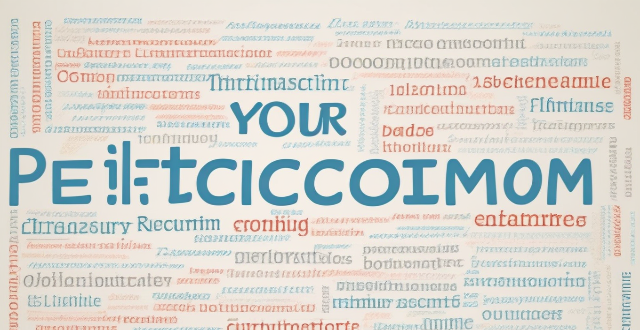
How can I prevent my personal information from being used in telecommunications fraud ?
To protect your personal information from telecommunications fraud, follow these steps: be cautious with personal information, use strong passwords and two-factor authentication, keep software and devices updated, be wary of suspicious emails and links, and educate yourself about common scams. By taking these precautions, you can reduce the risk of falling victim to telecommunications fraud.

How can I recover from telecommunications fraud ?
In summary, to recover from telecommunications fraud, one should immediately report suspicious transactions to their bank or financial institution, file a police report, and consider alerting relevant agencies. It's essential to protect personal information, update security measures, and educate oneself and others about scams. Legal action may be necessary for significant losses, and strengthening online security is crucial for future protection.
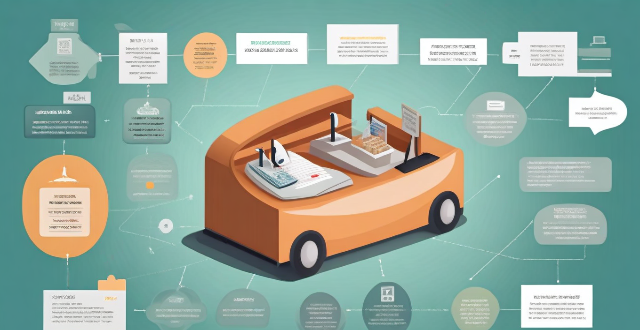
What is credit monitoring and why is it important in credit management ?
Credit monitoring is the process of tracking and analyzing a borrower's credit history, including payment behavior, outstanding debts, and changes in credit scores. It is important for early warning signals of potential default or delinquency, accurate risk assessment, fraud prevention, customer relationship management, and compliance with regulations. By continuously monitoring a borrower's credit history, lenders can update their risk assessments, prevent fraud, tailor their products and services to better meet their customers' requirements, and ensure they are meeting regulatory requirements.
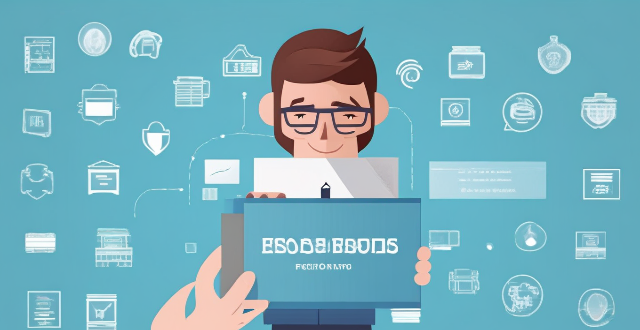
What are some signs that I may be a victim of telecommunications fraud ?
Telecommunications fraud is a serious issue with significant financial and emotional consequences. It's important to be aware of the signs that you may be a victim, such as unrecognized charges on your phone bill, unfamiliar phone calls or messages, changes to your service settings, suspicious account activity, and new accounts opened in your name. To protect yourself, contact your service provider immediately if you notice any suspicious activity, change your passwords regularly, monitor your accounts closely, and consider additional security measures such as two-factor authentication.

How do DeFi tokens work ?
Decentralized Finance (DeFi) tokens are digital assets operating on blockchain technology, designed to facilitate financial transactions without intermediaries. These tokens can represent various assets like currencies, commodities, and cryptocurrencies. Key features of DeFi tokens include decentralization, smart contracts, and interoperability. They work through token issuance, utility within their respective projects or platforms, and governance mechanisms allowing holders to vote on important decisions related to the project's development. Benefits of DeFi tokens include accessibility, transparency, and innovation in financial products and services.
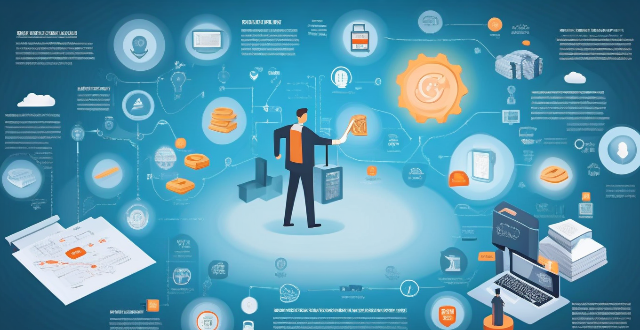
What is credit management ?
Credit management is the process of managing and controlling the use of credit by individuals or businesses. It involves evaluating borrowers' creditworthiness, determining the amount of credit to extend, monitoring loan repayment, and taking action for late payments. Key components include credit analysis, evaluation, loan monitoring, collections management, risk management, and customer relationship management. Effective credit management benefits include reduced default risk, improved cash flow, increased customer satisfaction, and enhanced reputation.

What is the carbon trading market ?
The carbon trading market is a financial mechanism that allows for the trading of emissions reductions to meet greenhouse gas emission targets. It is based on cap-and-trade, where a limit is set on total emissions and those who reduce their emissions below the cap can sell their surplus allowances. Key components include carbon credits, emissions caps, trading mechanisms, verification and certification, and regulation and governance. Benefits include cost-effectiveness, flexibility, innovation incentives, and global collaboration. Challenges and criticisms include equity concerns, market inefficiencies, environmental integrity, and political will. The carbon trading market serves as a crucial tool in the fight against climate change but requires ongoing attention and improvement to maximize its effectiveness.
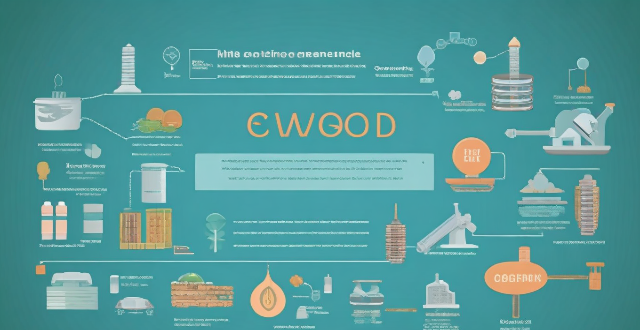
Is cryptocurrency a good investment for beginners ?
Cryptocurrency can be a good investment for beginners, but it is important to understand the risks and complexities involved before making any investment decisions. Advantages of investing in cryptocurrency include high returns, decentralization, and anonymity. Disadvantages include volatility, lack of regulation, complexity, and security risks. Tips for beginners investing in cryptocurrency include educating yourself, starting small, diversifying your portfolio, staying up-to-date, seeking professional advice, using reliable exchanges, keeping your private keys safe, monitoring your investments, being prepared for volatility, and having patience.
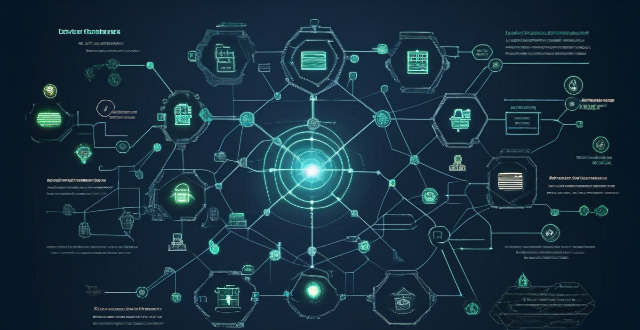
What is the future of blockchain beyond cryptocurrency ?
This article explores the potential applications of blockchain technology beyond cryptocurrency, highlighting key areas such as decentralized finance (DeFi), supply chain management, healthcare, government services, and intellectual property rights management. It emphasizes how blockchain can improve transparency, security, efficiency, and accessibility in these sectors through features like peer-to-peer transactions, smart contracts, tokenization, traceability, interoperability, data privacy, identity management, public records storage, voting systems, proof of ownership, streamlined licensing, and fraud prevention. The article concludes by stating that the future prospects of blockchain technology are vast and promising, offering numerous opportunities for innovation and transformation across various industries.

How does digital identity verification work in online transactions ?
Digital Identity Verification in Online Transactions: A Comprehensive Guide Digital identity verification is a crucial aspect of online transactions, ensuring the authenticity and security of users. This process involves collecting personal information, verifying it against reliable sources, employing multi-factor authentication, using encryption techniques, and implementing monitoring systems to detect fraudulent activities. By following these steps, businesses can protect their customers' sensitive data and maintain trust in the digital marketplace.
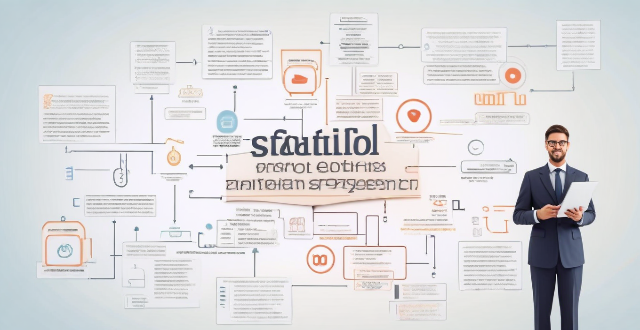
How does Fintech enable faster and more secure payments ?
Fintech has revolutionized payment systems by making them faster and more secure. Instant transfers, mobile payments, and automated options have streamlined the process, while encryption, tokenization, two-factor authentication, and fraud detection systems have enhanced security. These advancements benefit both individuals and businesses.

Can I include charitable giving in my estate plan ?
Including charitable giving in your estate plan is a way to support causes you care about, with potential tax benefits and the creation of a lasting legacy. You can include charitable giving through bequests in your will, charitable trusts, donor-advised funds, life insurance policies, retirement accounts, and donating appreciated stocks. It's important to consult professionals, understand tax implications, and regularly update your plan.

What are the risks associated with investing in financial products ?
Investing in financial products can be a great way to grow your wealth, but it's important to understand the risks involved. Here are some of the key risks associated with investing in financial products: 1. Market risk refers to the possibility that an investment may lose value due to changes in market conditions. 2. Credit risk is the risk that a borrower or counterparty will fail to meet its obligations under a financial contract. 3. Interest rate risk is the risk that changes in interest rates will negatively impact the value of an investment. 4. Inflation risk is the risk that inflation will erode the purchasing power of your investments over time. 5. Liquidity risk is the risk that you may not be able to sell your investment quickly without affecting its price. 6. Currency risk is the risk that fluctuations in exchange rates will negatively impact the value of your investments. 7. Concentration risk is the risk that your portfolio is too heavily invested in a single asset class, sector, or geographic region. 8. Tax risk is the risk that changes in tax laws or regulations will negatively impact the after-tax returns of your investments. 9. Fraud risk is the risk that you may be victimized by fraudulent activities related to your investments.

What are the best foods to include in a fitness meal plan ?
When creating a fitness meal plan, it's important to choose foods that will help you reach your fitness goals. Here are some of the best foods to include: protein-rich foods like lean meats, fish, eggs, legumes, dairy products, and plant-based protein sources; whole grains like brown rice, quinoa, oats, whole wheat bread and pasta, barley, millet, and rye; fruits and vegetables like leafy greens, berries, stone fruits, cruciferous vegetables, and squash; healthy fats like nuts, seeds, avocado, olives and olive oil, coconut and coconut oil; and hydrating foods like cucumbers, celery, bell peppers, zucchini, tomatoes, and watermelon. Incorporating these nutrient-dense foods into your fitness meal plan will help you fuel your workouts, support muscle recovery, and achieve your fitness goals.

How does technology impact credit management practices ?
Technology has revolutionized credit management practices by automating processes, enhancing data analysis capabilities, and streamlining communication channels. Automated credit scoring systems save time and reduce human error, while accounts receivable management software helps businesses track outstanding invoices and initiate collections actions if necessary. Technology also enables businesses to monitor changes in a borrower's creditworthiness in real-time, allowing them to make informed decisions about extending credit or adjusting terms. Enhanced data analysis tools like artificial intelligence and machine learning help businesses gain insights into customer behavior and make better-informed decisions about extending credit. Predictive analytics can identify potential risks, sentiment analysis gauges customer sentiment towards products or services, and fraud detection technology reduces the risk of financial losses due to credit card fraud or identity theft. Streamlined communication channels such as online portals, mobile apps, and chatbots powered by AI improve customer service and efficiency in credit management practices. Overall, technology has had a profound impact on credit management practices and will continue to do so as it evolves.

How is AI changing the field of finance and banking ?
AI is revolutionizing the finance and banking industry by improving efficiency, accuracy, and customer experience while streamlining risk management processes. AI-powered algorithms can analyze vast amounts of data quickly and accurately, leading to faster and more informed decisions. Automated processes save time and reduce human error. Fraud detection is enhanced by analyzing patterns in customer behavior and transactions. Personalized customer experience is provided through detailed profiling and predictive analytics. Risk management is streamlined with credit risk assessment and market risk analysis.

What are the essential items to include in a disaster preparedness kit ?
A disaster preparedness kit should include essential items such as water, non-perishable food, a first aid kit, warm clothing and bedding, light sources, communication devices, tools, cash, important documents, and personal items. It is crucial to regularly check and replace expired items to ensure the kit is ready for any emergency situation.

What are the most promising applications of blockchain technology ?
Blockchain technology offers secure, decentralized, and transparent solutions in various industries. Promising applications include cryptocurrencies, smart contracts, remittances, trading, supply chain traceability, healthcare data management, real estate ownership, government services, and more. These applications can streamline processes, reduce costs, and improve trust and collaboration between parties. As the technology matures, more innovative uses are expected to emerge.
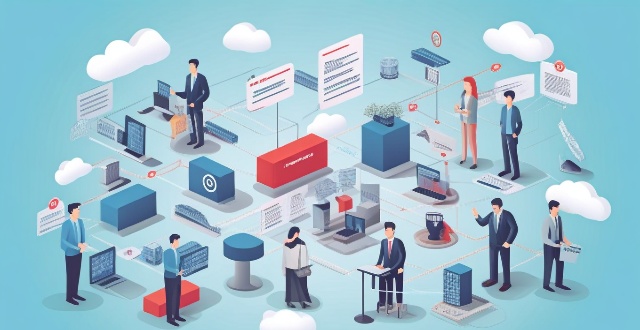
Is Cross-Border Payment secure ?
Cross-border payments are essential for international trade and business transactions but can pose security risks. Factors like regulatory compliance, technology, fraud prevention measures, and the reputation of the payment service provider affect the security of these payments. Risks include currency fluctuations, political instability, and cyber threats. To ensure security, choose a reputable provider, use secure payment methods, verify recipient details, and keep track of transactions.

What are the terms and conditions of using a cashback website ?
Cashback websites offer users the opportunity to earn money back on purchases made through their platform. However, there are certain terms and conditions that users must adhere to in order to take advantage of these offers. These include age restrictions, account verification, residential address requirements, expiration dates for offers, minimum purchase amounts, exclusions, limitations on use, payment methods for redeeming rewards, withdrawal fees, processing times, data protection measures, password security, fraud prevention, customer support, dispute resolution processes, and refund policies.

What are the essential items to include in a grocery shopping list ?
When creating a grocery shopping list, it's important to consider your dietary needs, preferences, and any specific recipes you plan to make during the week. Here are some essential items to include in your list: - Fresh produce like fruits, vegetables, herbs & spices - Meat & dairy products such as chicken, beef, milk, cheese, yogurt, eggs, etc. - Grains & legumes including rice, pasta, quinoa, bread, beans, lentils, chickpeas, etc. - Pantry staples like oils & vinegars, baking supplies, snacks - Beverages like water, coffee & tea, juices & sodas - Personal care & household items like toiletries and cleaning supplies Customize your list based on your personal preferences and dietary restrictions. Happy shopping!

In what industries is blockchain being explored currently ?
Blockchain technology is being explored across various industries to improve transparency, security, and efficiency. Here's a summary of its applications in different sectors: 1. **Finance and Banking**: Secure and efficient financial operations like international money transfers, smart contracts, trading, clearing, and loyalty rewards programs. 2. **Healthcare**: Secure patient data management, clinical trials, drug traceability, and insurance claims processing. 3. **Supply Chain Management**: End-to-end traceability for food safety, pharmaceutical supply chain, luxury goods authentication, and carbon credit trading. 4. **Real Estate**: Efficient property transactions, ownership records, rent collection, and dispute resolution. 5. **Education**: Verification and secure storage of academic credentials, lifelong learning records, and scholarship disbursements. 6. **Governance**: Transparent voting systems, public records management, and identity verification. 7. **Art and Entertainment**: Creation of unique digital assets like NFTs for artwork, music, films, ensuring authenticity and provenance.

What are the essential items to include in a home first aid kit ?
A well-stocked first aid kit is an essential component of any home. It should contain items that can help you deal with minor injuries and illnesses that may occur in your household. Here are some of the essential items that you should include in your home first aid kit: 1. Adhesive Bandages 2. Sterile Gauze Pads and Rolls 3. Medical Tape 4. Antiseptic Wipes or Solution 5. Tweezers 6. Scissors 7. Thermometer 8. Pain Relievers 9. Antihistamines 10. Cold and Hot Packs 11. Latex Gloves 12. Safety Pins

How can smart contracts improve supply chain management ?
Smart contracts can revolutionize supply chain management by automating transactions, enhancing transparency, improving efficiency, enabling real-time tracking, and reducing risks. This decentralized and automated approach can save time, reduce costs, prevent fraud, and improve overall trust between parties in the supply chain.